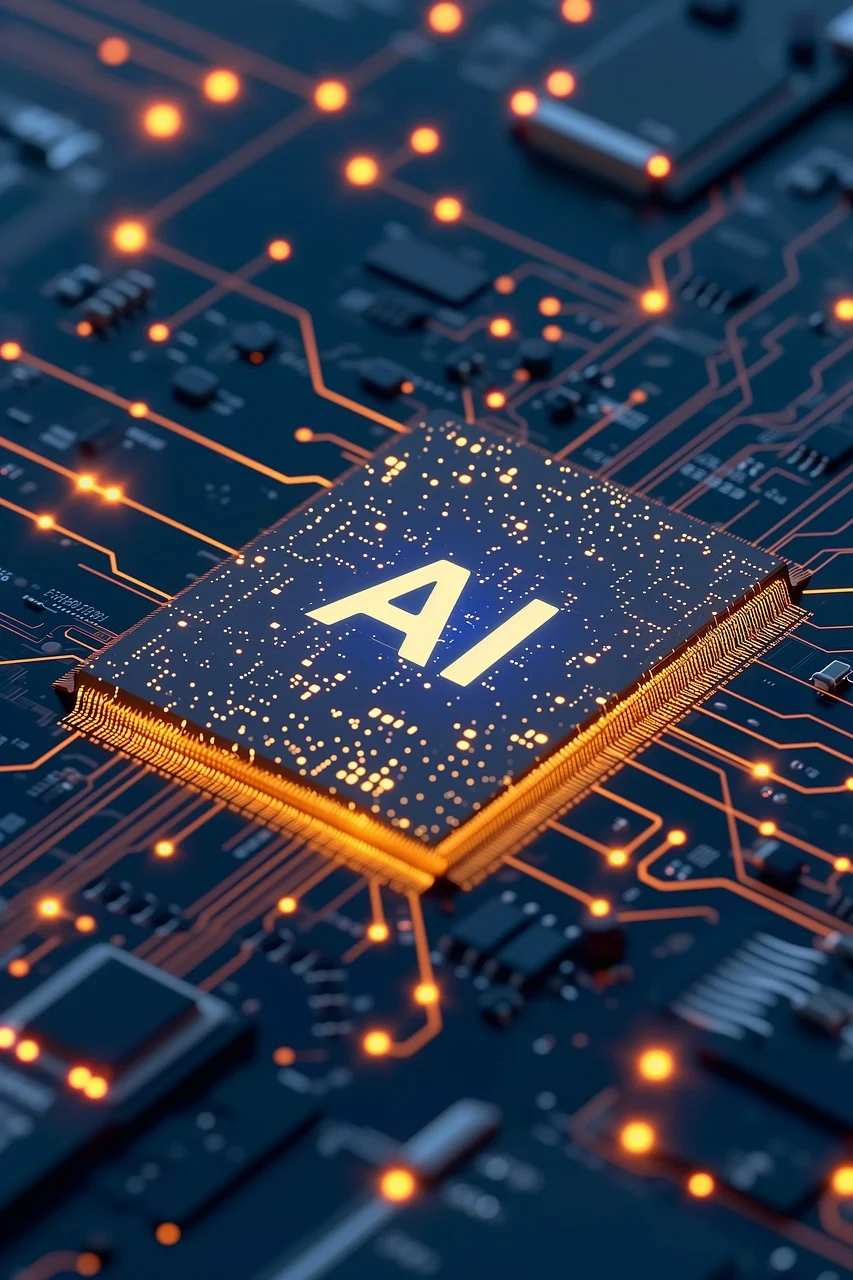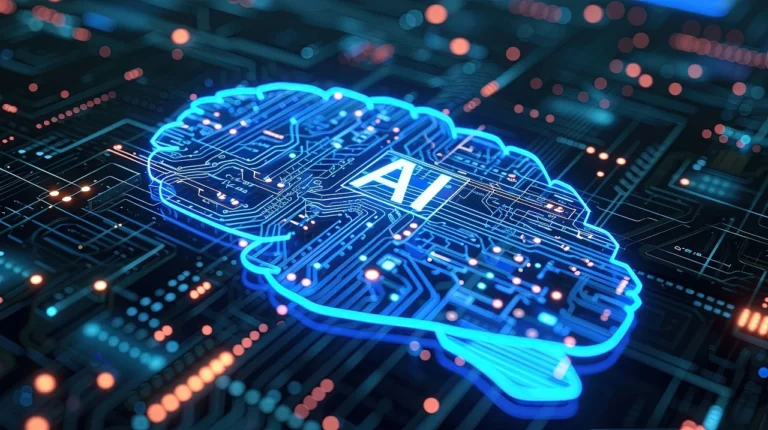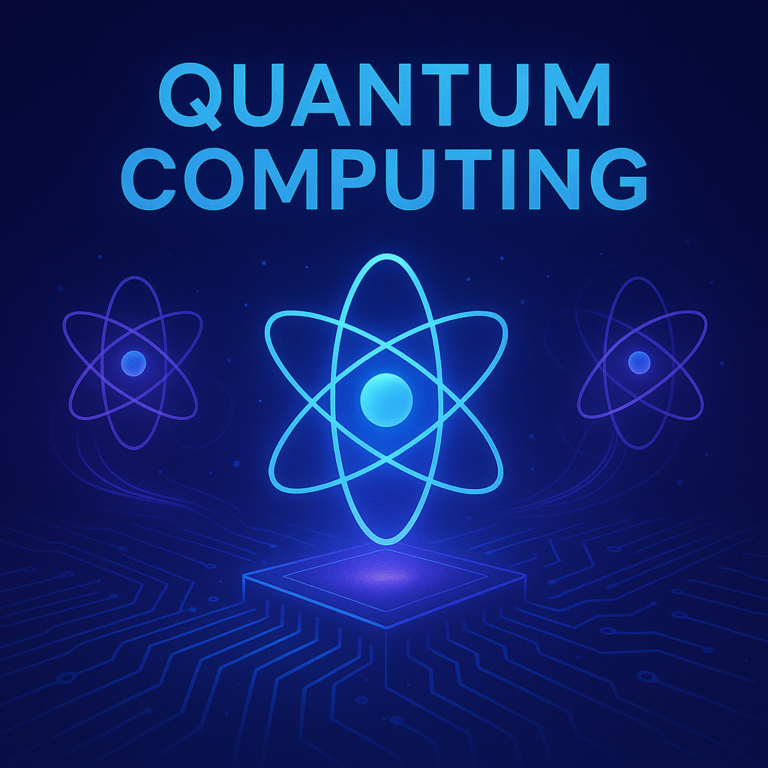Artificial Intelligence: Imagine a Revolutionary Future Powered by Innovation
The Rise of Artificial Intelligence in Everyday Life
The presence of artificial intelligence (AI) in everyday life has dramatically increased over the past decade, transitioning from a novel concept to an integral component of numerous daily routines. The integration of AI technologies into homes, workplaces, and public spaces has proven essential for enhancing efficiency, convenience, and productivity. Modern households are increasingly equipped with smart devices powered by AI algorithms, such as virtual assistants like Amazon’s Alexa or Google’s Assistant. These tools not only facilitate tasks like setting reminders or controlling lighting but also foster a more personalized environment by learning user preferences over time.
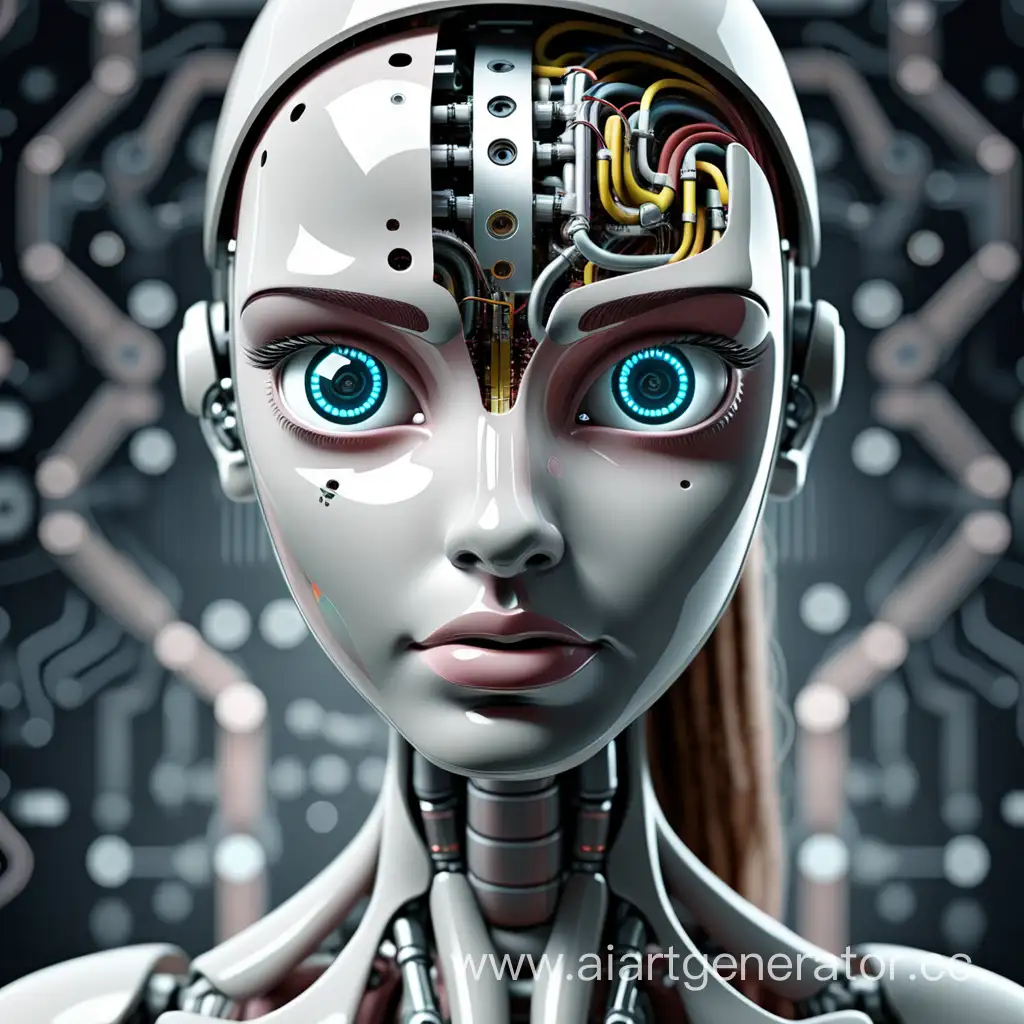
mubarikmt.com
In professional environments, AI applications are reshaping workflows and decision-making processes. For instance, advanced machine learning algorithms assist in data analysis, allowing businesses to derive insights more rapidly and accurately. AI-driven project management tools streamline tasks and enable better communication within teams. Furthermore, customer service has undergone a transformation thanks to AI chatbots that provide instant support, improving overall user experience while reducing operational costs for organizations.
AI’s reach extends into public spaces as well, influencing areas such as transportation and healthcare. For example, ride-sharing applications utilize AI to optimize routes and match drivers with passengers efficiently. In healthcare, AI systems enhance diagnostic accuracy and predict patient outcomes, enabling personalized treatments tailored to individual needs. Additionally, public safety is enhanced through surveillance systems integrated with facial recognition technology, allowing for faster identification of missing persons or criminal suspects.
These examples illustrate the gradual and seamless interaction between humans and machines, showcasing how AI has begun to complement and improve our daily lives. As artificial intelligence continues to evolve and permeate various aspects of society, its potential benefits will likely become even more pronounced, marking a transformative era characterized by integration and innovation.
Transformation of Industries Through AI
The integration of artificial intelligence (AI) across various industries is heralding a transformative era characterized by heightened efficiency, enhanced productivity, and innovative breakthroughs. Notably, sectors such as healthcare, education, and the creative arts are witnessing profound changes driven by AI technologies. In healthcare, AI algorithms are now essential for diagnosing diseases and predicting patient outcomes. For instance, AI-driven tools can analyze medical imaging with impressive accuracy, thereby reducing the time required for radiologists to evaluate scans and enabling faster treatment decisions.
In the educational sector, AI is reshaping the landscape of learning and teaching. Intelligent tutoring systems provide personalized learning experiences tailored to individual student needs, making education more accessible and effective. These systems can assess a student’s learning pace and adapt content accordingly, ensuring that learners receive the support they require to succeed. Furthermore, AI is being utilized to automate administrative tasks in educational institutions, allowing educators to focus more on teaching rather than paperwork.
The creative arts are also experiencing significant advancements due to AI’s capabilities. Artists, musicians, and writers are increasingly collaborating with AI to produce original content. For example, AI-generated art has gained recognition in galleries, showcasing how technology can enhance artistic expression. Additionally, music composition software that employs AI can assist musicians in generating new melodies or harmonies, stimulating innovation within the creative community.
While the benefits of integrating AI are substantial, there are potential job implications that must be considered. Automation may lead to shifts in workforce dynamics, with certain roles becoming obsolete while new opportunities emerge. As industries adopt AI tools, it is crucial for workers to adapt and acquire new skills that align with technological advancements. This evolving landscape necessitates a societal and educational emphasis on continuous learning and adaptability.
AI as a Catalyst for Enhanced Human Creativity
Artificial Intelligence (AI) has emerged as a transformative force in various creative domains, augmenting human creativity in ways that were once deemed impossible. In fields such as music, visual arts, and literature, AI tools have not only aided artists in their work but have also prompted a re-examination of the very nature of creativity and authorship. Through the facilitation of collaborative projects, AI has opened up new avenues for artistic expression, where human intuition and technological innovation converge.
In music, AI algorithms can analyze various genres and styles, enabling musicians to experiment with novel compositions. For instance, projects like OpenAI’s Jukebox utilize machine learning to generate original music tracks. These systems take inspiration from existing works, offering artists a rich tapestry of ideas from which to draw. By doing so, AI acts as a creative partner, allowing musicians to venture beyond traditional boundaries and explore unique soundscapes that may not have been conceived otherwise.
Similarly, in visual arts, AI applications such as DeepArt and DALL-E showcase the ability of machine learning to mimic artistic styles and generate images based on textual descriptions. These tools encourage artists to meld their visions with AI-generated elements, resulting in hybrid artwork that challenges conventional notions of originality. This synergy raises significant questions about authorship: if a machine contributes to an artwork’s creation, can it truly be deemed the artist’s work alone? This is a debate that continues to captivate both the art community and the public.
In literature, AI-powered writing assistants can generate poetry, stories, and even screenplays, serving as collaborative partners for authors. The infusion of AI in the creative writing process is prompting writers to reconsider their approaches, as AI can suggest plot twists or character developments that may enhance narratives. While some may regard AI-generated content as lacking the emotional depth inherent to human writing, many see it as a tool that can inspire and elevate their work.
Through these examples, it becomes evident that AI serves not only as a technological enhancer but also as a transformative agent in the realm of creativity. As the lines between human and machine creativity blur, new possibilities emerge, inviting us to contemplate the implications of this collaboration for the future of artistic expression.
Revolutionizing Problem-Solving with AI
The advent of artificial intelligence (AI) has heralded a new era in addressing some of the most pressing global challenges. With its capacity for rapid data processing and intelligent decision-making, AI is redefining how we approach complex issues such as climate change, poverty, and public health crises. One of the critical capabilities of AI lies in its ability to analyze vast amounts of data, enabling stakeholders to make informed decisions based on predictive modeling and insights.
For instance, climate change presents a multifaceted dilemma that requires innovative solutions. AI-driven technologies can optimize energy consumption in smart grids, enhance renewable energy production, and improve climate modeling to forecast environmental changes more accurately. Such technologies not only facilitate smarter resource management but also promote sustainability by minimizing the ecological footprint of human activities. By leveraging AI, researchers and governments can track carbon emissions in real-time, allowing for swift policy adjustments aimed at mitigating climate impact.
Similarly, in the realm of poverty alleviation, AI offers tools that can enhance the effectiveness of social programs. Machine learning algorithms can analyze socioeconomic data to identify regions most in need and predict the outcomes of various interventions. This targeted approach helps maximize the potential impact of resource allocation, ensuring that assistance reaches those who require it most. Additionally, AI-powered platforms can facilitate access to financial services for underserved populations, promoting economic inclusivity and empowerment.
In the context of public health, AI’s transformative power is evident in its ability to analyze epidemiological data, offering insights that guide health policies and responses. During health crises, such as pandemics, AI can predict disease spread, optimize healthcare resource allocation, and expedite vaccine development. By integrating AI into healthcare systems, we can enhance our preparedness for future health emergencies, ultimately saving lives and improving health outcomes.
The potential of AI to revolutionize problem-solving in diverse sectors is immense, highlighting its role as a vital partner in addressing the complex challenges of our time.
The Ethical Landscape of AI Integration
The integration of artificial intelligence (AI) into various sectors has introduced a complex ethical landscape that necessitates rigorous examination. As AI systems increasingly possess decision-making capabilities that were once the exclusive domain of humans, ethical dilemmas have emerged, particularly concerning privacy concerns. The vast amounts of personal data required for machine learning and AI model training raise significant questions about the ownership and protection of individual privacy.
Moreover, algorithmic bias presents another critical ethical challenge in AI deployment. AI systems, often trained on historical data, may inadvertently perpetuate or even exacerbate societal biases. This can impact sensitive areas such as hiring practices, lending decisions, and law enforcement. If AI algorithms are not properly audited and corrected for bias, they run the risk of unfairly targeting certain demographic groups, leading to widespread injustice and discrimination.
The issue of job displacement further complicates the ethical landscape surrounding AI integration. While AI technology can enhance efficiency and productivity, it also poses a threat to employment in various sectors. As robots and automated systems take over routine tasks, there is a growing concern about the potential for widespread unemployment and economic inequity, raising questions about the moral responsibility of businesses and governments to support affected workers.
Additionally, the application of AI in critical areas such as criminal justice and surveillance evokes profound moral implications. The use of predictive policing, for instance, may lead to unjust profiling and an erosion of civil liberties, highlighting the need for a robust ethical framework. As society advances towards an era where AI becomes ubiquitous, it is essential to stimulate discussions around these ethical issues, ensuring that technological progress does not come at the cost of fundamental human rights and societal values.

Human-AI Relationships: Partners or Rivals?
The evolving dynamics between humans and artificial intelligence (AI) has sparked significant discussion regarding their roles as partners or rivals. The integration of AI into various aspects of daily life has led to a reevaluation of human-AI relationships, raising questions about collaboration, dependency, and competition. At the core of this discourse is the psychological impact of these interactions, as AI technologies become an integral part of both personal and professional environments.
One of the predominant themes emerging from the current discourse is the collaborative potential of human-AI partnerships. In numerous sectors, ranging from healthcare to finance, AI systems assist humans in decision-making processes, enhancing productivity and efficiency. For instance, AI-powered tools can analyze vast amounts of data far more rapidly than a human could, providing insights that enable better-informed decisions. This suggests an evolving relationship where humans and AI are seen as collaborators rather than adversaries, pooling their unique strengths to achieve common objectives.
Conversely, there is a growing concern about dependency on AI technologies. As reliance on these systems increases, questions arise regarding human agency and autonomy. Some theorists argue that over-dependence on AI could undermine essential cognitive skills, leading not only to increased vulnerability but also to a shift in the value placed on human expertise. This dynamic complicates the narrative, introducing a potential rivalry not just between humans and AI but also within human societies, as disparities might develop between those adept at leveraging these technologies and those who are not.
Ultimately, the relationship between humans and AI is multifaceted, characterized by both synergy and competition. Understanding this dynamic and its implications for society is crucial as we navigate the complexities of a future where artificial intelligence continues to evolve and integrate into everyday life.

The Future of Communication in an AI-Driven World
The rapid evolution of artificial intelligence is reshaping various aspects of our lives, with communication standing out as a significantly impacted domain. Natural language processing (NLP), a subfield of AI, plays a pivotal role in understanding and generating human languages. By harnessing the power of algorithms, NLP enables machines to comprehend context, sentiment, and nuances within conversations, facilitating a more intuitive human-machine interaction. This advancement not only fosters improved user experiences but also opens avenues for seamless communication across diverse languages and cultures.
One of the most remarkable applications of AI in communication is real-time translation. Through advanced neural machine translation models, users can now converse in different languages effortlessly, breaking down barriers that traditionally hindered global dialogue. This capability not only enhances personal interactions but also proves invaluable in professional settings. Multinational teams can collaborate more effectively, and businesses can expand their reach to international markets by communicating with clients and customers in their native tongues. The benefits of real-time translation extend to various fields, including education, travel, and diplomacy, making it an essential tool in fostering global connections amidst a linguistically diverse world.
Furthermore, virtual assistants, powered by AI, have redefined how individuals access information and manage tasks. These digital helpers use natural language understanding to interpret users’ requests and provide relevant responses or execute commands. The integration of virtual assistants into daily life has streamlined numerous processes, from scheduling appointments to answering queries. As these systems become increasingly sophisticated, they will continue to improve accessibility for people with disabilities, ensuring that communication remains inclusive and practical for all users. The evolution of AI technologies promises to make our communication more efficient, effective, and equitable.
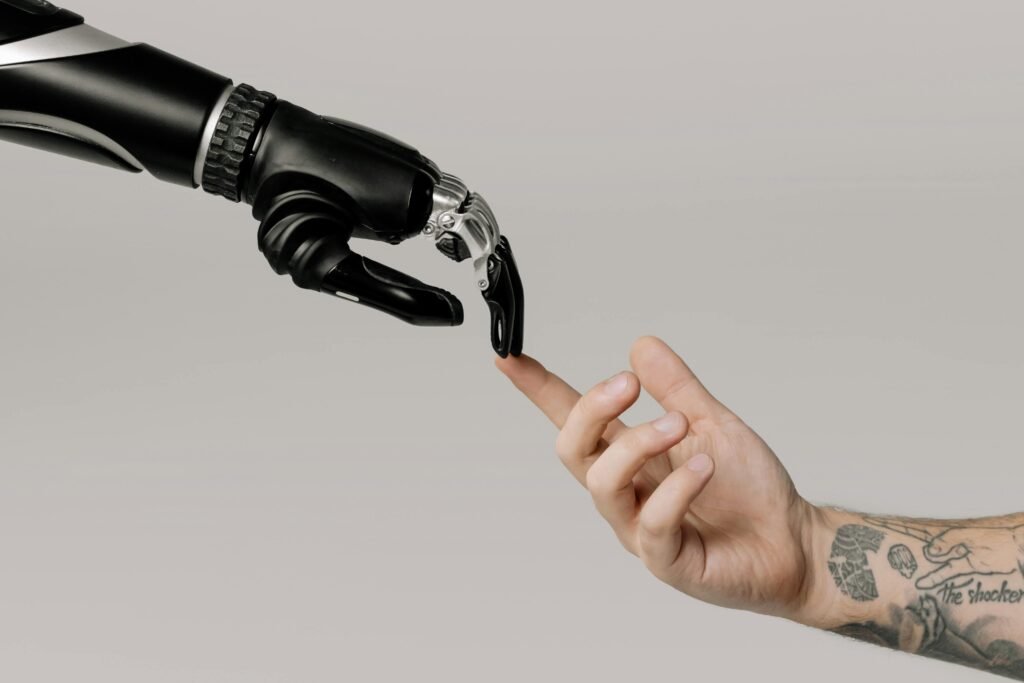
Imagining Cutting-Edge AI Technologies
The future of artificial intelligence (AI) promises to be a thrilling journey, driven by advancements in neural networks, machine learning, and robotics. As technology continues to evolve, it is crucial to visualize how these innovations will integrate into various sectors of society, reshaping our everyday experiences and interactions. One of the most anticipated applications of AI is in autonomous vehicles. These smart machines are designed to learn from their environment, utilizing machine learning algorithms to enhance navigation and safety. As cities become increasingly congested, autonomous vehicles could significantly reduce traffic, lower accident rates, and improve overall efficiency on our roads.
Moreover, the concept of smart cities represents another significant application of AI technologies. Through the incorporation of interconnected devices and IoT (Internet of Things) capabilities, urban areas can leverage data analytics provided by AI systems to optimize resources and services. This integration allows for real-time monitoring and management of public services, such as traffic flow, waste management, and energy consumption, enhancing the quality of life for residents while promoting sustainable practices.
Artificial intelligence also offers the potential for personalized experiences across various sectors, including healthcare, education, and entertainment. For instance, in healthcare, AI can assist in diagnosing diseases and developing tailored treatment plans based on each individual’s unique genetic makeup. Meanwhile, in education, machine learning can help create customized learning experiences for students, catering to their specific needs and learning styles. Similarly, the entertainment industry is incorporating AI to curate personalized content recommendations, enhancing user experience and engagement.
The landscape of AI technologies presents a wealth of opportunities for innovation and integration, paving the way for smarter solutions and more efficient systems. As we delve deeper into this era of AI, it is essential to stay informed about these advancements and their potential implications for our future.
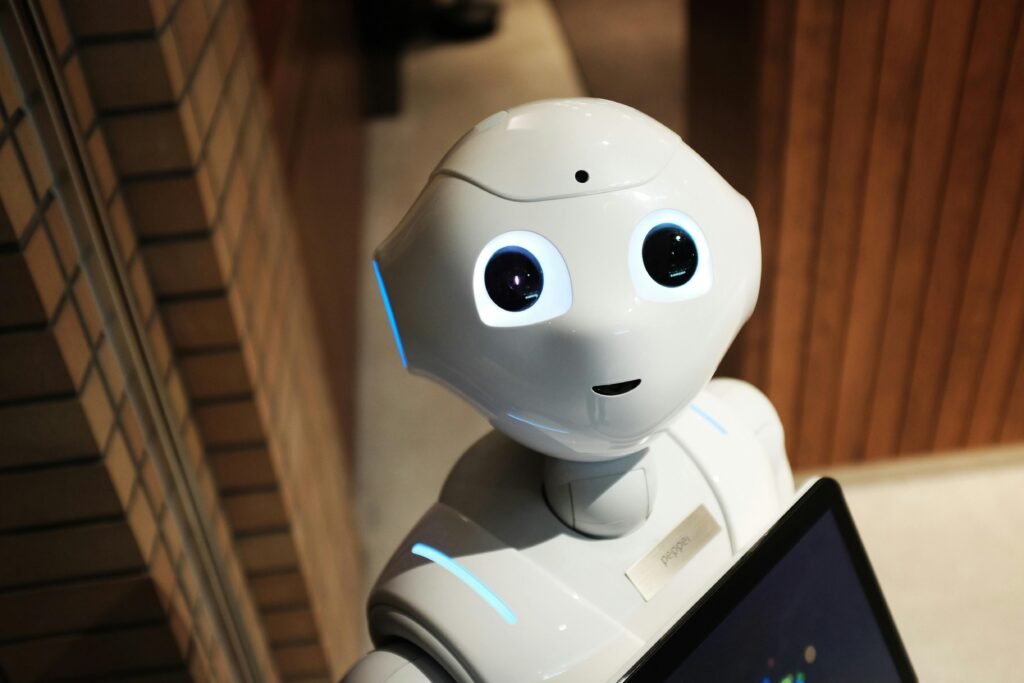
Balancing Utopian Possibilities with Risks
The integration of artificial intelligence (AI) into various sectors has sparked a multitude of discussions surrounding its immense potential to shape a utopian future. However, alongside these optimistic possibilities, AI also presents notable risks that must be carefully considered. This dual nature necessitates a thorough examination as we navigate the complexities of AI development and implementation. The promise of AI includes enhanced efficiency, improved decision-making, and innovations that have the power to solve some of humanity’s most pressing problems. From healthcare advancements to smart city planning, AI has the potential to revolutionize our daily lives while driving economic growth.
Nevertheless, this bright future should not overshadow the inherent dangers associated with AI. Concerns regarding privacy, job displacement, and algorithmic bias are pressing issues that require immediate attention. As AI systems become more integrated into critical frameworks, the need for robust governance and ethical guidelines is essential to minimize the adverse impacts they may impose on society. To achieve a balanced approach, stakeholders, including governments, developers, and academic institutions, must collaborate to establish comprehensive regulations that foster responsible AI use.
Strategies for responsible AI development should encompass transparency, accountability, and inclusivity. Implementing frameworks that encourage the explanation of AI decision-making processes can enhance public trust and understanding. Furthermore, ongoing involvement from diverse communities in the design and deployment of AI systems can ensure that various perspectives are recognized and integrated, promoting equitable access to AI’s benefits and mitigating risks. By taking a proactive stance in regulating AI technologies, we can work toward safeguarding our future, harnessing the transformative power of AI while addressing its challenges effectively. This balanced methodology is pivotal in realizing a harmonious coexistence between mankind and intelligent technology.
Sponsorship: Our Affiliate website product review TechwaveHQ
Stay informative MubarikMT
